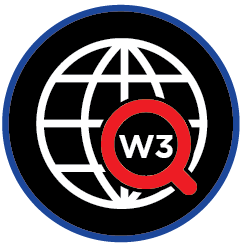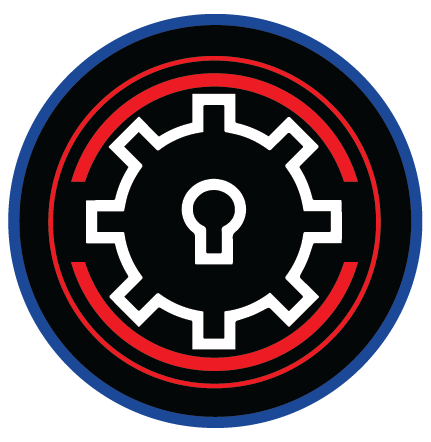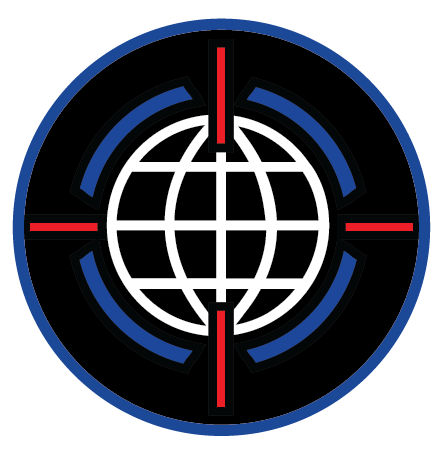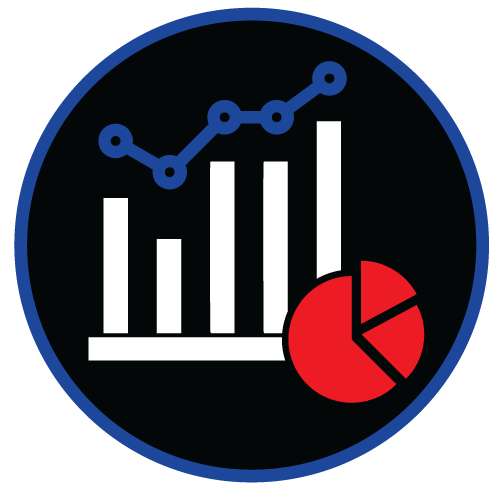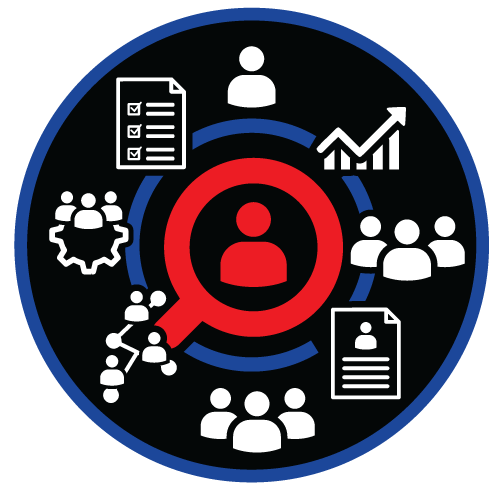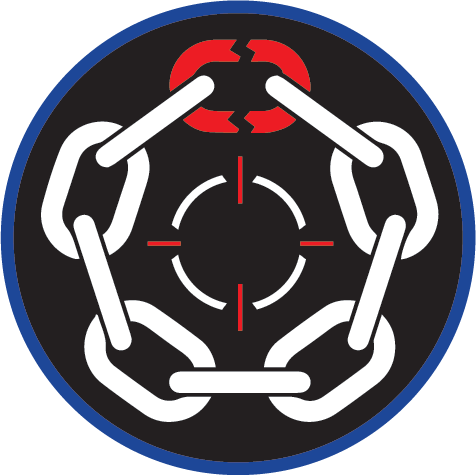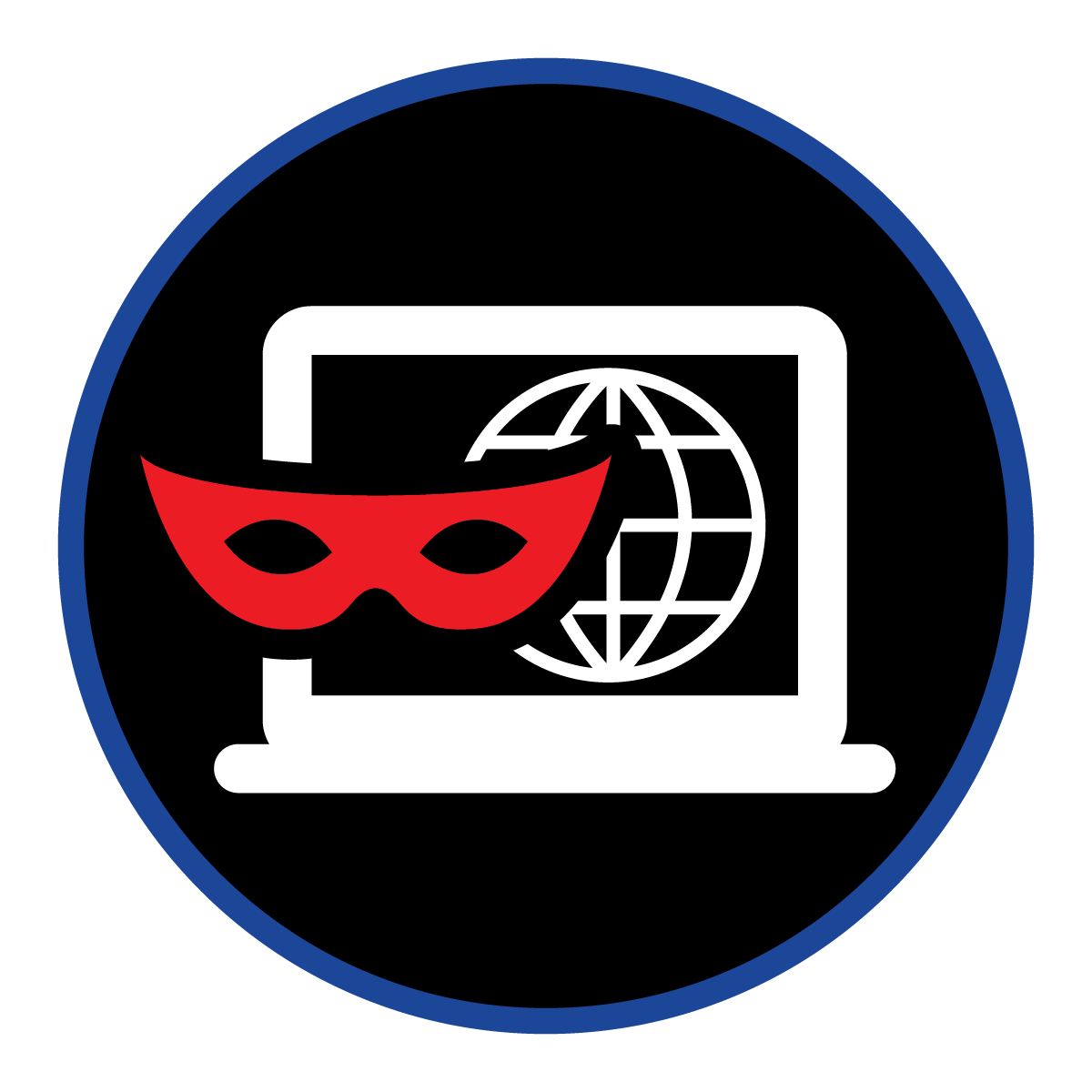
Web3 Domains
Secure Your Web3 Presence: ThreatNG Detects and Defends Against Emerging Threats with Web3 Domain Availability Checks
Stay ahead of the evolving Web3 landscape with ThreatNG's advanced domain name analysis. This powerful feature, within the DNS Intelligence module of Domain Intelligence, proactively checks the availability of Web3 domains, such as those ending in .eth and .crypto. By identifying potential brand impersonations, phishing schemes, and other Web3-specific threats, ThreatNG empowers you to take decisive action and safeguard your brand reputation and users in the decentralized web.

Unveiling the Web3 Blind Spot: ThreatNG Illuminates Risks and Protects Organizations in the Decentralized Web
ThreatNG empowers organizations to proactively manage their presence in the decentralized web, mitigating risks associated with Web3 domains and ensuring a secure and consistent brand experience across all platforms. By identifying potential threats, vulnerabilities, and brand impersonations, ThreatNG empowers organizations to navigate the Web3 landscape with confidence and protect their assets and users in this evolving digital realm.
External Attack Surface Management (EASM)
Discover Unknown Web3 Assets: Identify any Web3 domains associated with your organization that may have been overlooked, providing a more complete view of your external attack surface.
Assess Web3-Specific Risks: Evaluate the security posture of your organization's Web3 domains, including potential vulnerabilities to phishing, DNS spoofing, and smart contract exploits.
Prioritize Remediation Efforts: Focus on securing Web3 domains that pose the most significant risk to your organization, based on factors such as their association with critical assets or susceptibility to specific threats.
Digital Risk Protection (DRP)
Proactive Threat Detection: Identify potentially malicious Web3 domains similar to your organization's legitimate domains, allowing you to take action before they can be used to harm your brand or users.
Real-time Monitoring: Continuously monitor Web3 domain registrations and identify any suspicious activity, such as sudden spikes in registrations or domains being used for phishing or scams.
Automated Response: Configure automated alerts and responses to suspicious Web3 domain activity, empowering you to mitigate threats and minimize damage.
Security Ratings
Improved Accuracy: ThreatNG incorporates Web3 domains into security assessments, leading to more precise security ratings that accurately reflect an organization's risk level.
Enhanced Granularity: Web3 domain data allows for more granular security ratings, highlighting an organization's strengths and weaknesses in managing Web3-specific risks.
Increased Transparency: Evaluating Web3 domain security provides greater transparency into the factors contributing to an organization's security rating, fostering stakeholder trust and confidence.

Brand Protection
Prevent Brand Impersonation: Secure your organization's Web3 domain names before malicious actors can register them and use them to impersonate your brand or deceive your customers.
Safeguard Brand Reputation: Protect your brand's reputation by identifying and mitigating Web3-related threats that could damage your brand image or erode customer trust.
Maintain Brand Consistency: Ensure that your organization's Web3 presence is consistent with your overall brand identity and messaging, creating a cohesive brand experience for your customers.
Cloud & SaaS Exposure Management
Identify Shadow Web3 Domains: Discover any Web3 domains used by your employees or partners without your knowledge, allowing you to assess their security posture and ensure they are not exposing sensitive data.
Monitor for Misconfigurations: Detect any misconfigurations in your cloud or SaaS environments that could expose your Web3 domains to attack, such as open S3 buckets or insecure API keys.
Enforce Security Policies: Ensure that your Web3 domains are being used in compliance with your organization's security policies, such as requiring strong passwords and multi-factor authentication.
Due Diligence
Identify Potential Red Flags: During due diligence, identify any potential red flags associated with a target company's Web3 domains, such as cybersquatting, suspicious domain registrations, or a history of security breaches.
Assess Web3 Security Practices: Evaluate the target company's security practices regarding its Web3 domains, ensuring it takes appropriate steps to protect its assets and users.
Mitigate Web3 Risks: Identify and mitigate any Web3-related risks that could impact the target company's value or reputation, such as brand impersonation, phishing attacks, or data leaks.
Third-Party Risk Management
Assess Vendor Security: Evaluate the security posture of your third-party vendors' Web3 domains to ensure they are not exposing your organization to unnecessary risk.
Monitor for Vendor Breaches: Detects security breaches or data leaks that may have affected your third-party vendors' Web3 domains, allowing you to take swift action to protect your organization.
Enforce Contractual Obligations: Ensure that your third-party vendors are meeting their contractual obligations regarding the security of your Web3 domains, such as implementing appropriate security controls and reporting any incidents.
Web3 Domain Availability Check Frequently Asked Questions (FAQs)
-
ThreatNG now checks if a Web3 domain name is taken or available. This means it can see if a Web3 domain, like "yourbrand.eth" or "yourbrand.crypto", has already been registered by someone else. This feature is part of the DNS Intelligence module within the Domain Intelligence investigation module.
-
This capability enhances external attack surface management by identifying potential Web3 entry points for attackers. By knowing if an organization's Web3 domain is taken, security teams can assess and manage risks associated with decentralized platforms, preventing brand impersonation, phishing attacks, and other threats.
-
It empowers organizations to identify and mitigate risks associated with Web3 domains proactively. For example, if a malicious actor registers a Web3 domain similar to an organization's legitimate domain, ThreatNG can alert the organization, enabling them to take action before any damage occurs.
-
This capability is crucial for security ratings because it provides a more accurate and comprehensive view of an organization's security posture in the Web3 space. This leads to more precise security ratings reflecting the organization's accurate risk level, especially regarding Brand Damage Susceptibility. By explicitly evaluating Web3 domain security, ThreatNG provides greater transparency into factors contributing to an organization's security rating.
-
This capability is essential to a wide range of stakeholders:
Security Professionals: To identify and mitigate Web3-related threats, assess security posture, and respond to incidents.
Brand Protection and Legal Teams: To protect brand reputation, prevent impersonation, and take legal action against cybersquatters.
Domain Name Investors and Registrars: To identify valuable Web3 domain names and offer registration services.
Web3 Developers and Entrepreneurs: To secure domains for their projects and protect their brand.
Organizations and Individuals: To monitor their Web3 domains and protect themselves from potential threats.
-
In today's digital landscape, an organization's online presence extends beyond the traditional web. Web3 domains are becoming increasingly important, and this capability provides a crucial tool for measuring and managing security risks associated with this evolving digital presence. It helps organizations proactively address potential threats, protect their brand, and maintain a secure online environment for their users.


